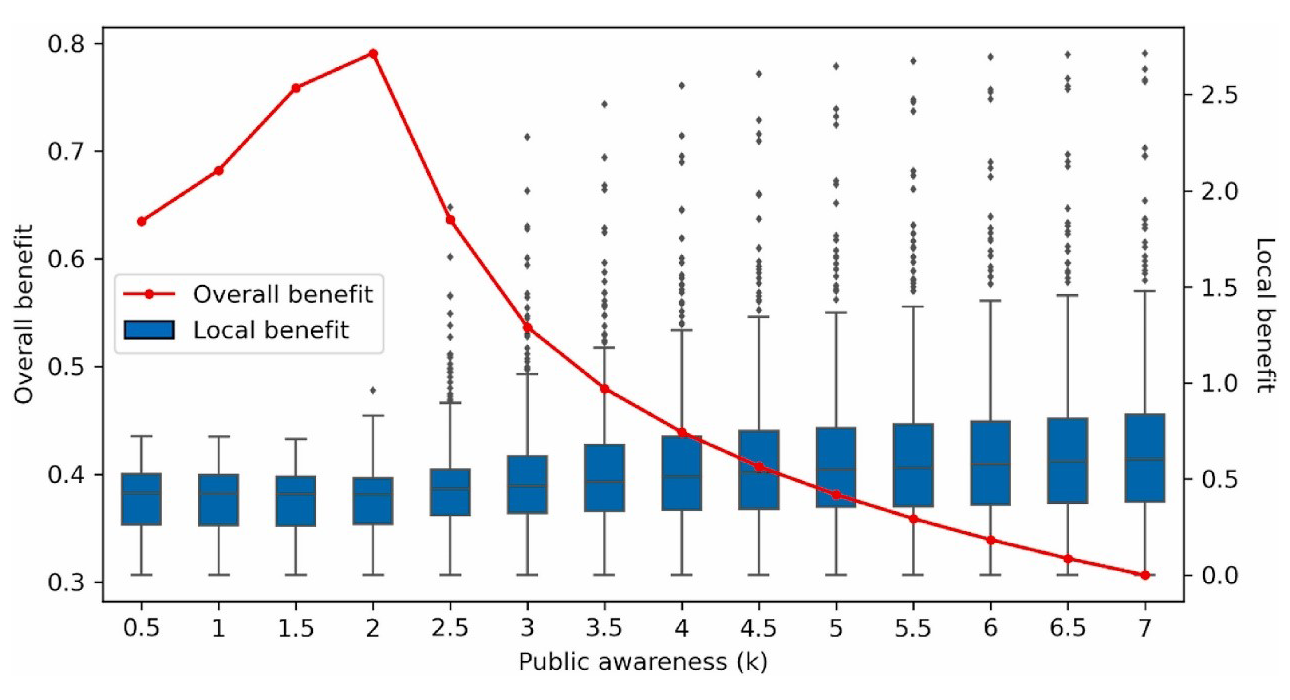For early detection of invisible or early disease spreaders, it is crucial to persuade the public to participate in voluntary testing. The effect of this measure, however, may vary and be undermined depending on the public’s awareness of the pandemic and compliance with the quarantine and health guidelines. Prof. Tzai-Hung Wen and Dr. Fei-Ying Kuo of NTU’s Department of Geography conducted geospatial modeling research on the pandemic to assess how the spatial demand for testing kits during different periods of the epidemic could have affected the effectiveness of voluntary COVID-19 screening.
Since spatial demand can be triggered by various geographical factors, such as spatial proximity to resources and human mobility, Wen’s research team implemented spatial epidemic simulation models that integrated testing resource accessibility, public awareness, and epidemic spatiotemporal dynamics. The research aimed to determine how the spatial proximity of testing kits and the appeal of human mobility for COVID-19 screening are affected by different levels of public awareness.
The simulation results indicated that, during the peak period of COVID-19, the public’s high awareness of the risks and willingness to participate in testing led to a sharp demand for testing kits. Despite the insufficient number of testing kits in the market to meet the high demand, the shortage was temporary and did not lead to a significant increase in the prevalence of the disease. The team’s findings also indicated that different strategies for testing resource allocation should be adopted in consideration of different levels of public awareness. When public awareness is low, concentrating on unattractive areas (such as residential or urban fringe areas) can encourage testing and lead to greater benefits. But when there is high public awareness, the distance to the testing station is key. Allocating additional testing resources in areas distant from stations could promote the number of those who participate in voluntary testing.
These findings reflect the significance of geographic factors on the marginal benefits of voluntary testing and offer insight into how the arrangement of testing resources in different areas and periods can affect pandemic prevention. Wen and Kuo’s findings offer health authorities valuable information on the allocation of testing resources during disease outbreaks and the importance of public awareness.

The temporal trends of the four aspects observed during the COVID-19 pandemic: testing willingness, proportion of resource usage, satisfaction level, and proportion of severely symptomatic people, with different levels of public awareness.

The changes of both overall and local benefits of voluntary testing among different levels of public awareness.

